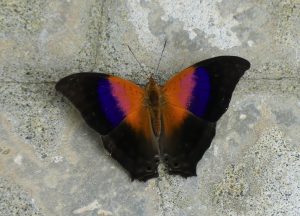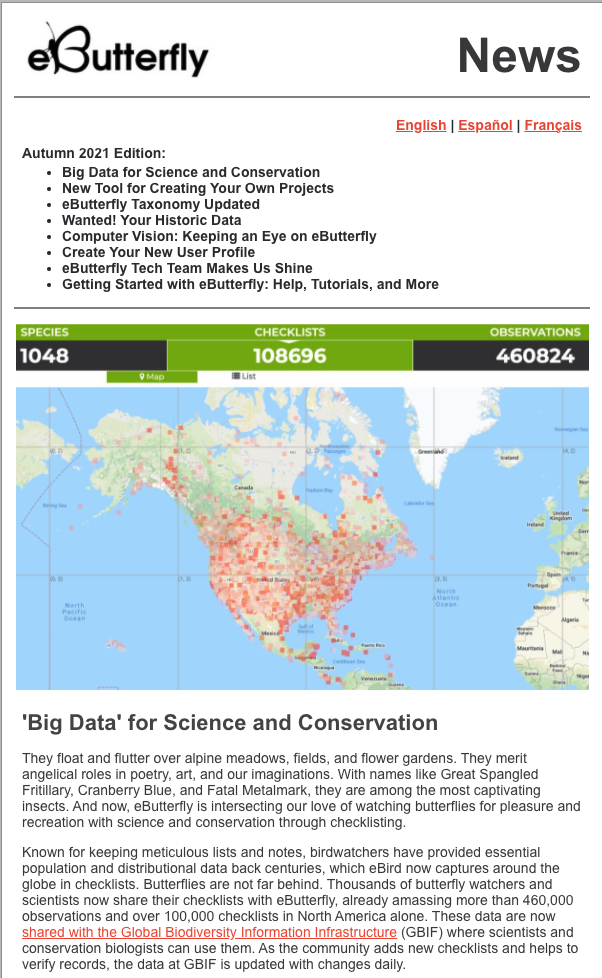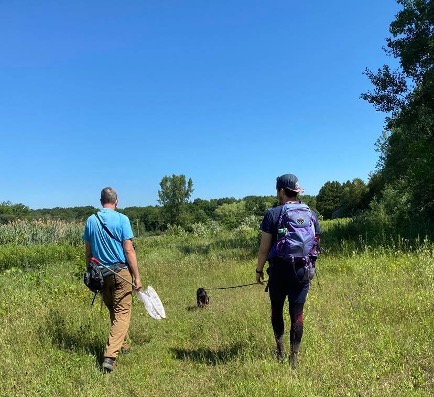Parnassius iBook for our community
We are pleased to share a new iBook, “Wings that Make Waves”. Biological illustrator Kim Moss teamed up with Ecologist Dr. Diane Debinski and Ph.D. student Simone Durney to create this interactive book, which is focused on using butterflies as bioindicators. The authors wanted to make the story of their research more accessible to the general public, park visitors, and K-12 teachers. Read more about this project and where to download a free copy of this amazing book.




